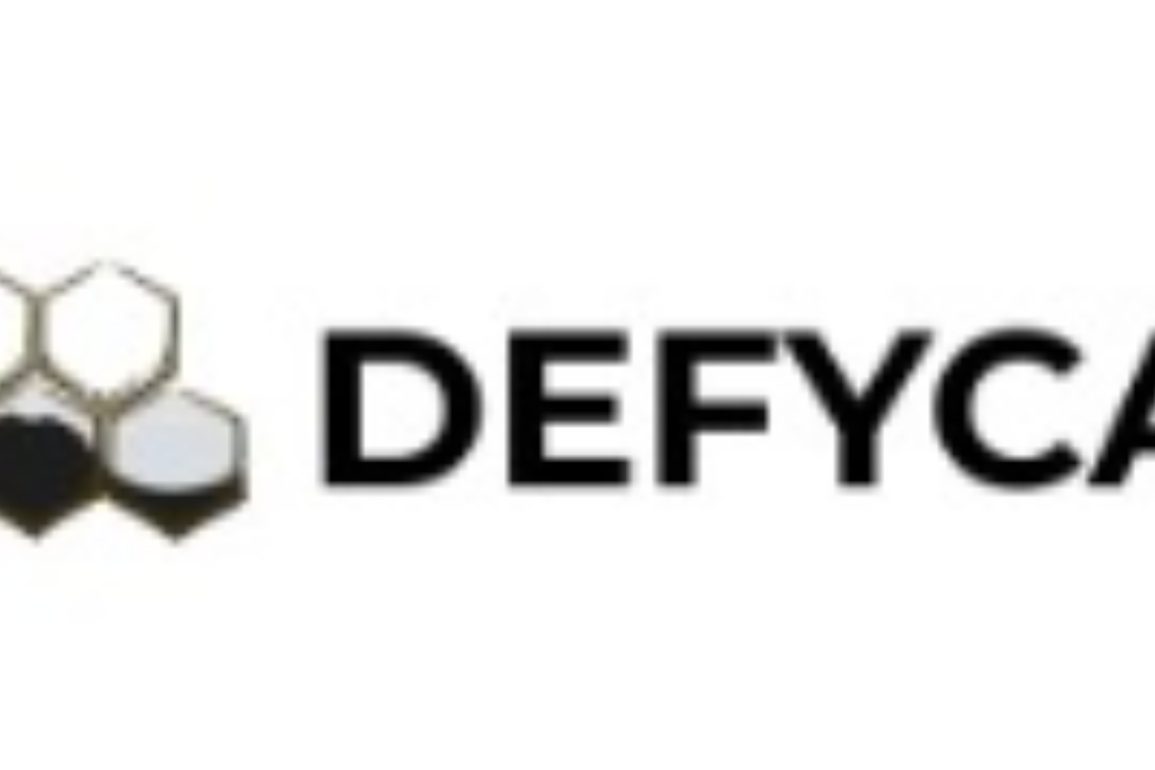- Summary:
- DEYFCA, a digital assets protocol, has raised $1.3 million in seed fund as it aims to bridge barriers between traditional and digital assets.
DEFYCA, a digital assets platform with its headquarters in Luxembourg, has successfully closed a seed funding round that raised $1.3 million USD. QBN Capital and Blizzard Fund were the lead investors in this round. Capitalizing on the traditional financial sector’s rising interest in digital securities and DeFI, the seed financing will go towards developing the protocol and bringing the protocol to the market.
How DEFYCA is reinventing investment
By allowing everyone to invest and trade in physical fixed income on the blockchain, the firm makes private credit investing more widely available and affordable. In addition, DEFYCA is a solution that bridges the gap between DeFi (Decentralized Finance) and TradFi (Traditional Finance).
The unique protocol developed by DEFYCA is geared toward eliminating trader exposure to counter-party risk. The goal is to demonstrate that Web3 can launch a decentralized platform where investors of all stripes can freely buy, sell, and invest in a wide variety of tokenized securities and where funds can likewise use these securities to attract investors and generate revenue.
DEFYCA features a third-party risk oracle for real-time risk management, as well as immediate Delivery versus Payment (DvP) settlement. Additionally, it has a specially protected MPC custodial wallet, a trusted crypto custodian, and treasury accounts at Circle, the stablecoin issuer.
The DeFi market is notoriously unstable, and there are few viable short-term investment options for stablecoins that guarantee a constant return. The credit market for TradFi does not support continuous trading. This is due to the many steps, and high degree of human intervention required. DEFYCA is filling in these holes in the market that have existed for a long time. By offering debt funds with a fully digital end-to-end infrastructure based on blockchain technology, DEFYCA aims to make it easier for investors to participate in the private credit markets.


